The delicate pink petals of sakura have long captivated the world, but few understand the profound philosophy woven into their fleeting beauty. In Japan, cherry blossoms aren't merely flowers - they're living poetry about the nature of existence itself. This is where aesthetics meets metaphysics, where visual pleasure transforms into spiritual contemplation.
At the heart of Japanese mono no aware (the pathos of things) lies the sakura's ephemeral nature. The blossoms typically last no more than two weeks from first bloom to scattered petals, with peak viewing often lasting just 2-3 days. This transience isn't mourned, but celebrated - the very brevity creating the intensity of appreciation. Modern psychologists might call this the scarcity principle, but for the Japanese, it's a centuries-old wisdom about embracing impermanence.
The samurai class particularly embraced this symbolism during the feudal period. Warriors who might die any day in battle saw themselves reflected in the blossoms - achieving perfect beauty precisely because their existence wasn't guaranteed. This developed into hakanasa, the concept of perishability being intrinsic to worth. Contemporary Japan maintains this connection during hanami (flower viewing) parties, where revelry beneath the blooms carries unspoken awareness that next year's gathering might include absent friends.
What Western cultures often miss is that this isn't pessimism. The aesthetic of impermanence actually creates heightened presence. When you know the cherry blossoms will vanish soon, you pay sharper attention. Your senses awaken to the gradations of pink, the sound of petals brushing grass, the way shadows play through branches. This mindfulness practice predates modern meditation trends by nearly a millennium.
The sakura's life cycle maps perfectly onto Japanese spiritual concepts. The buds represent hope and potential (haru). Full bloom embodies the peak of vitality (sakari). The falling petals illustrate elegant decline (kōhai). Even the bare branches afterward hold meaning - the beauty of absence (yūgen) and anticipation of renewal. This complete acceptance of life's phases offers an alternative to Western culture's obsession with perpetual youth.
Modern science reveals fascinating parallels. Researchers studying transient art find temporary installations create stronger emotional impact than permanent ones. The brain's limbic system shows heightened activity when perceiving fleeting beauty, exactly matching the mono no aware principle. Even cherry blossom genetics reflect the philosophy - their short bloom period results from evolutionary strategies favoring dramatic, synchronized displays.
Contemporary artists continue reinventing this ancient motif. TeamLab's digital sakura projections combine technology with tradition. Tattoo artists report surging demand for falling petal designs among millennials. The fashion world adapts the patterns in surprising ways - one avant-garde designer created dresses that shed petals as the wearer moves. Each reinterpretation keeps the core philosophy alive for new generations.
Tourists often misunderstand hanami as simply "Japanese picnic under trees." The deeper practice involves sakura zensen (cherry blossom front) tracking - following the blooms' northward progression across Japan's microclimates. This transforms flower viewing into a moving meditation on time's passage. Meteorological agencies issue bloom forecasts with the seriousness of stock market reports, and following the front requires understanding how elevation, urban heat islands, and even reflected sunlight off buildings alter nature's schedule.
The business world has adopted sakura wisdom too. Limited-edition products mirror the blossoms' scarcity principle. Companies schedule product launches to coincide with bloom periods, leveraging the cultural mood. Even corporate training programs incorporate hanami as team-building exercises with deeper purpose - reminding employees that projects, like flowers, have natural lifecycles requiring different approaches at different stages.
In disaster-prone Japan, the sakura metaphor extends to reconstruction. After the 2011 tsunami, survivors planted cherry trees where entire neighborhoods vanished. The blossoms became living memorials that honored loss while embodying resilience - their cyclical return a promise that life continues amid change. This application shows how the aesthetic evolved from aristocratic pastime to national coping mechanism.
Climate change now threatens this cultural touchstone. Earlier blooms disrupt centuries-old festival timing. Warmer winters cause irregular flowering patterns. Some traditional varieties struggle with shifting weather, while others bloom so early that pollinators aren't active. Scientists and cultural preservationists collaborate on solutions - from genetic research to urban planning that maintains microclimates. The challenge epitomizes the very impermanence sakura represent.
Foreign observers sometimes reduce Japanese flower appreciation to Instagram aesthetics. But true understanding requires sitting beneath a blooming sakura as twilight deepens (yozakura night viewing). When petals begin falling like pink snow, even skeptics feel the visceral truth of mono no aware. It's in that moment - beauty and loss intertwined - that the philosophy transcends culture and becomes universal human wisdom.
The next time you see cherry blossoms, don't just take photos. Watch how the branches move differently when laden with flowers. Notice how petals accumulate in gutters like whispered secrets. Observe how people's faces change beneath the blooms. In these details lives an entire worldview - one that treasures things precisely because they don't last. That's the real gift of sakura: teaching us to love our fleeting world more deeply.

By /May 21, 2025
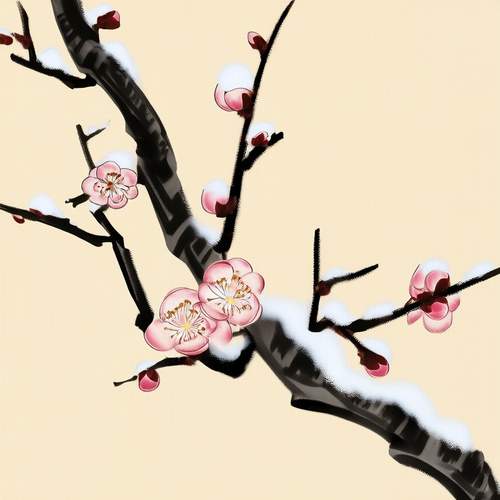
By /May 21, 2025
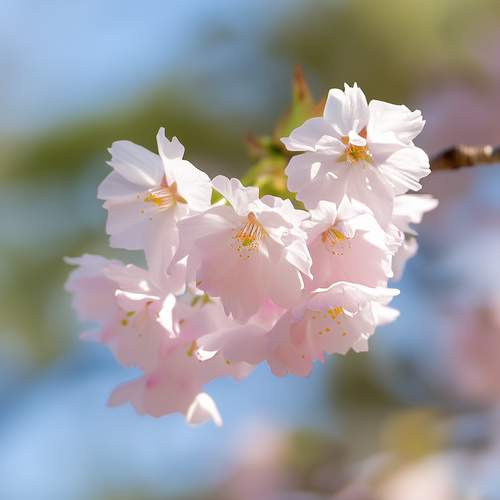
By /May 21, 2025
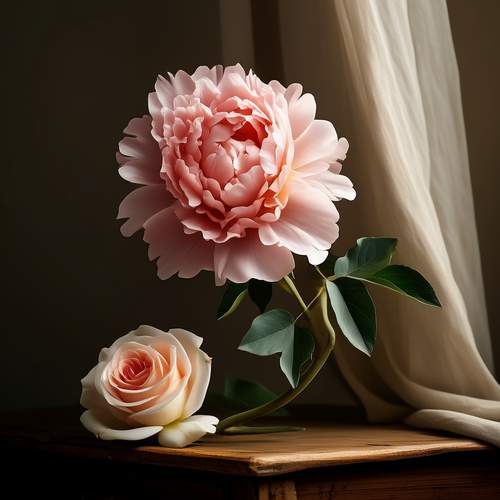
By /May 21, 2025
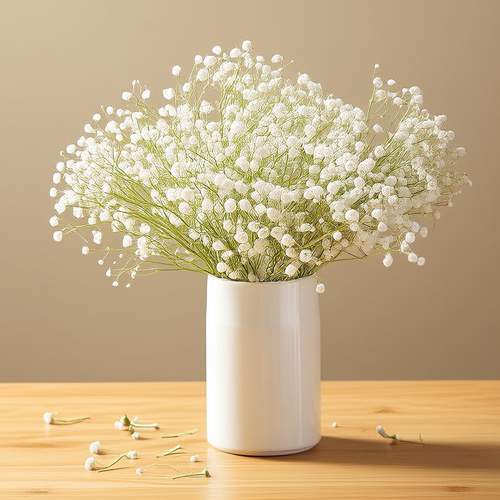
By /May 21, 2025
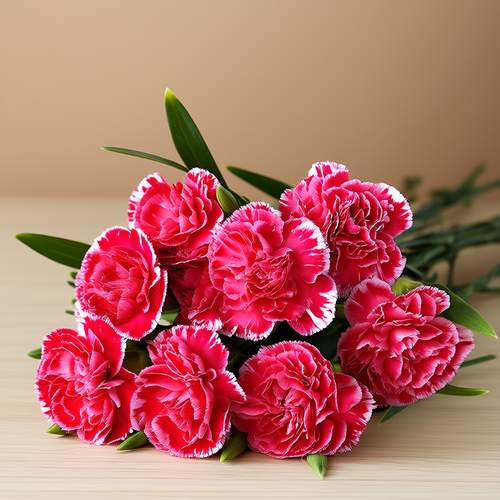
By /May 21, 2025
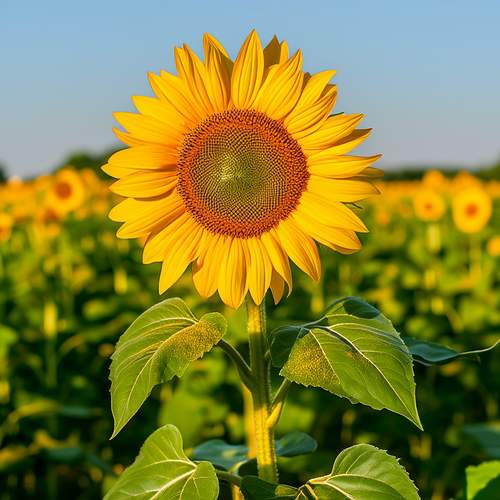
By /May 21, 2025
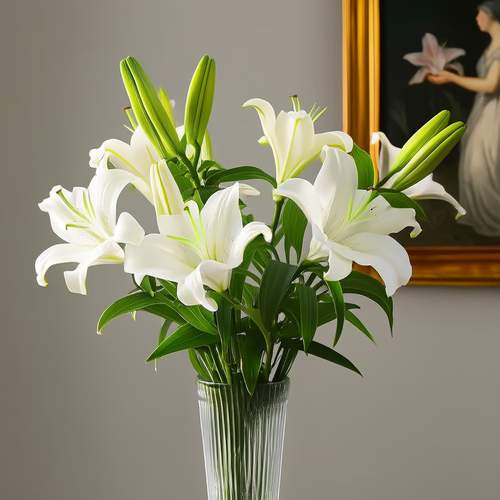
By /May 21, 2025
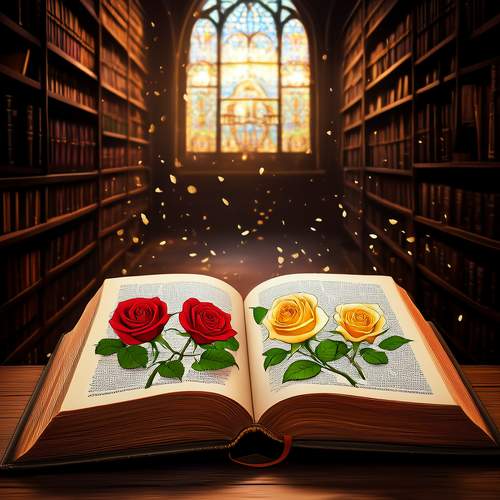
By /May 21, 2025

By /May 17, 2025

By /May 17, 2025

By /May 17, 2025

By /May 17, 2025

By /May 17, 2025

By /May 17, 2025

By /May 17, 2025

By /May 17, 2025
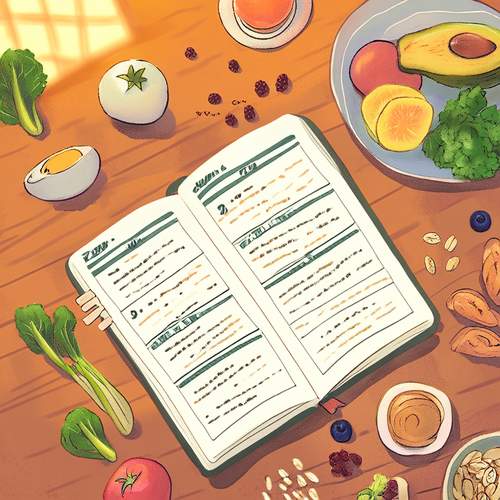
By /May 17, 2025

By David Anderson/Apr 29, 2025